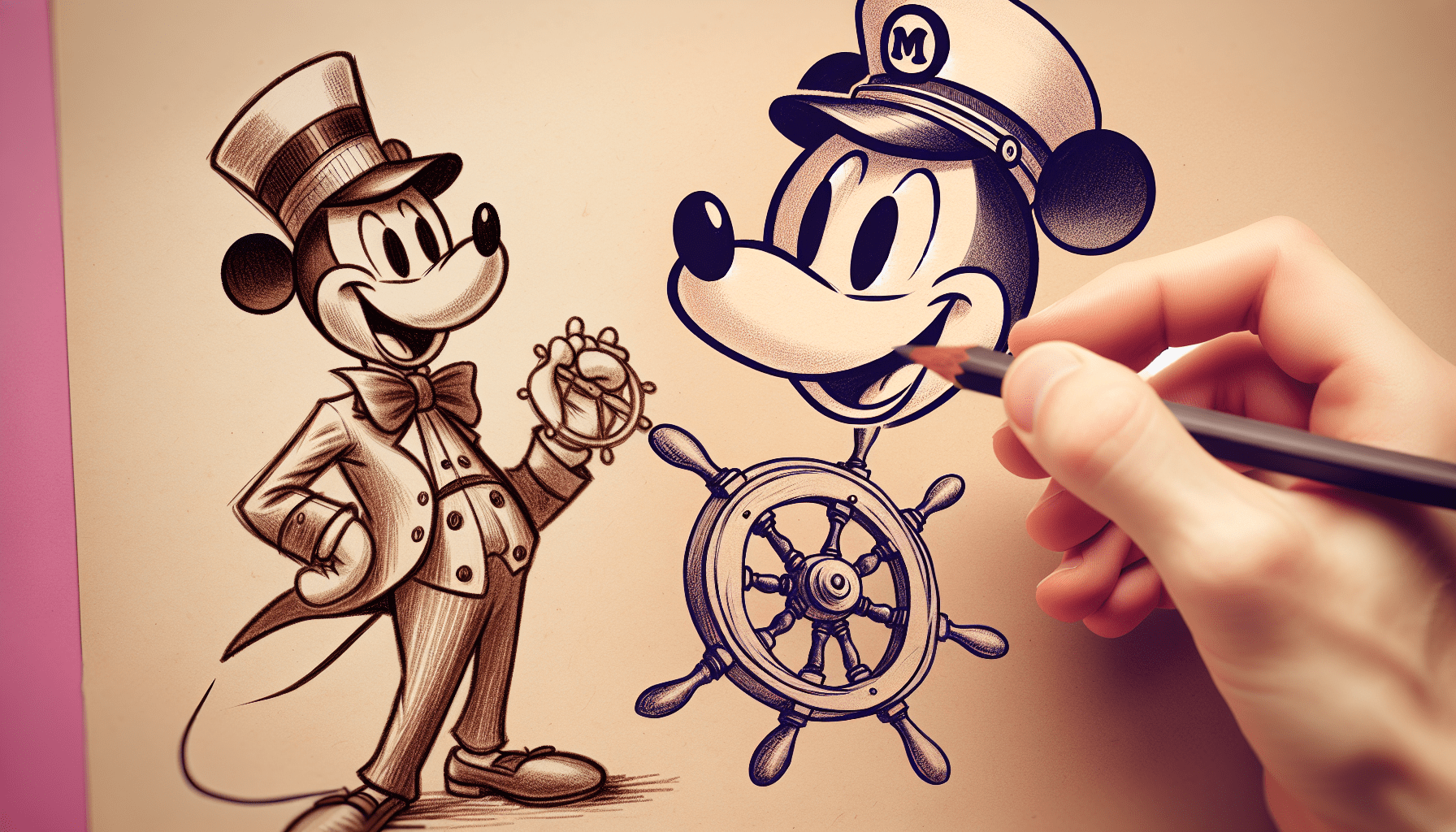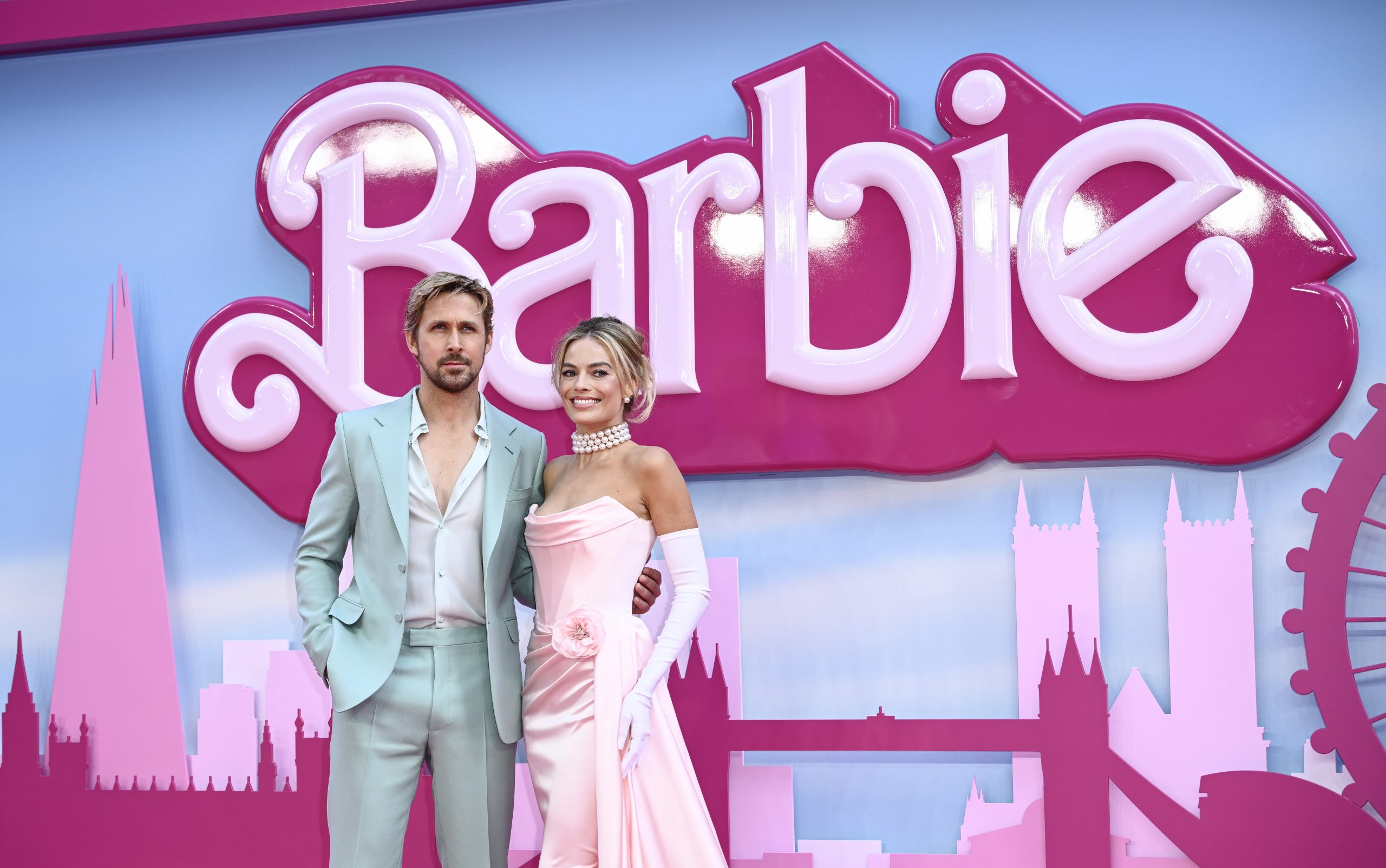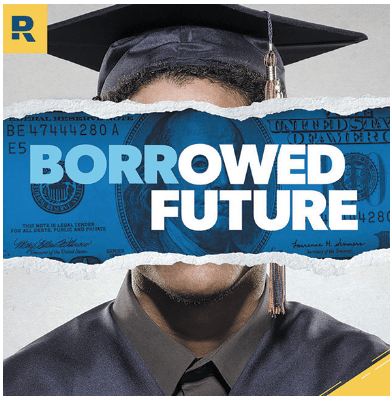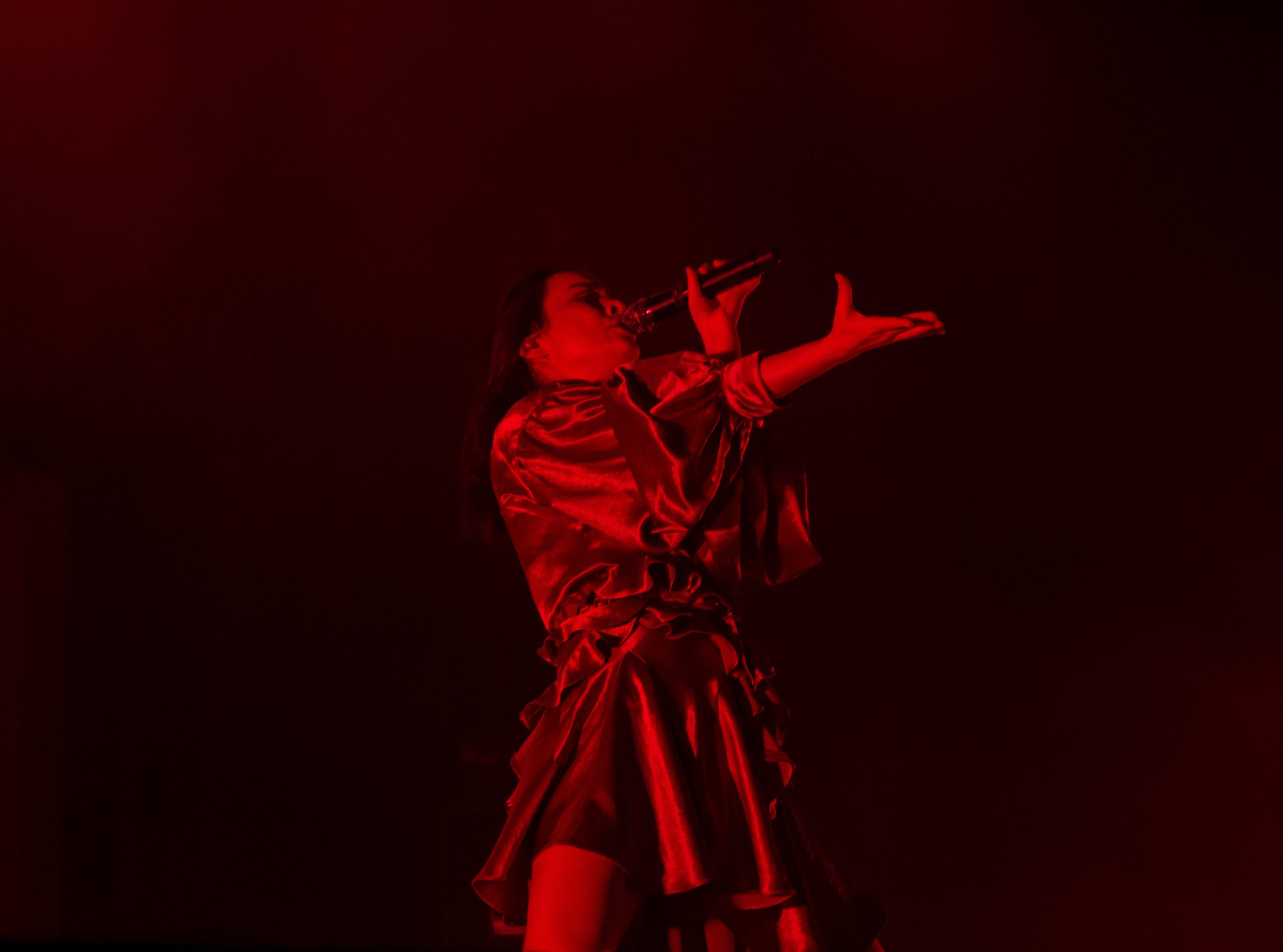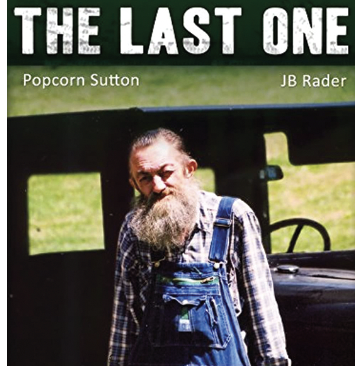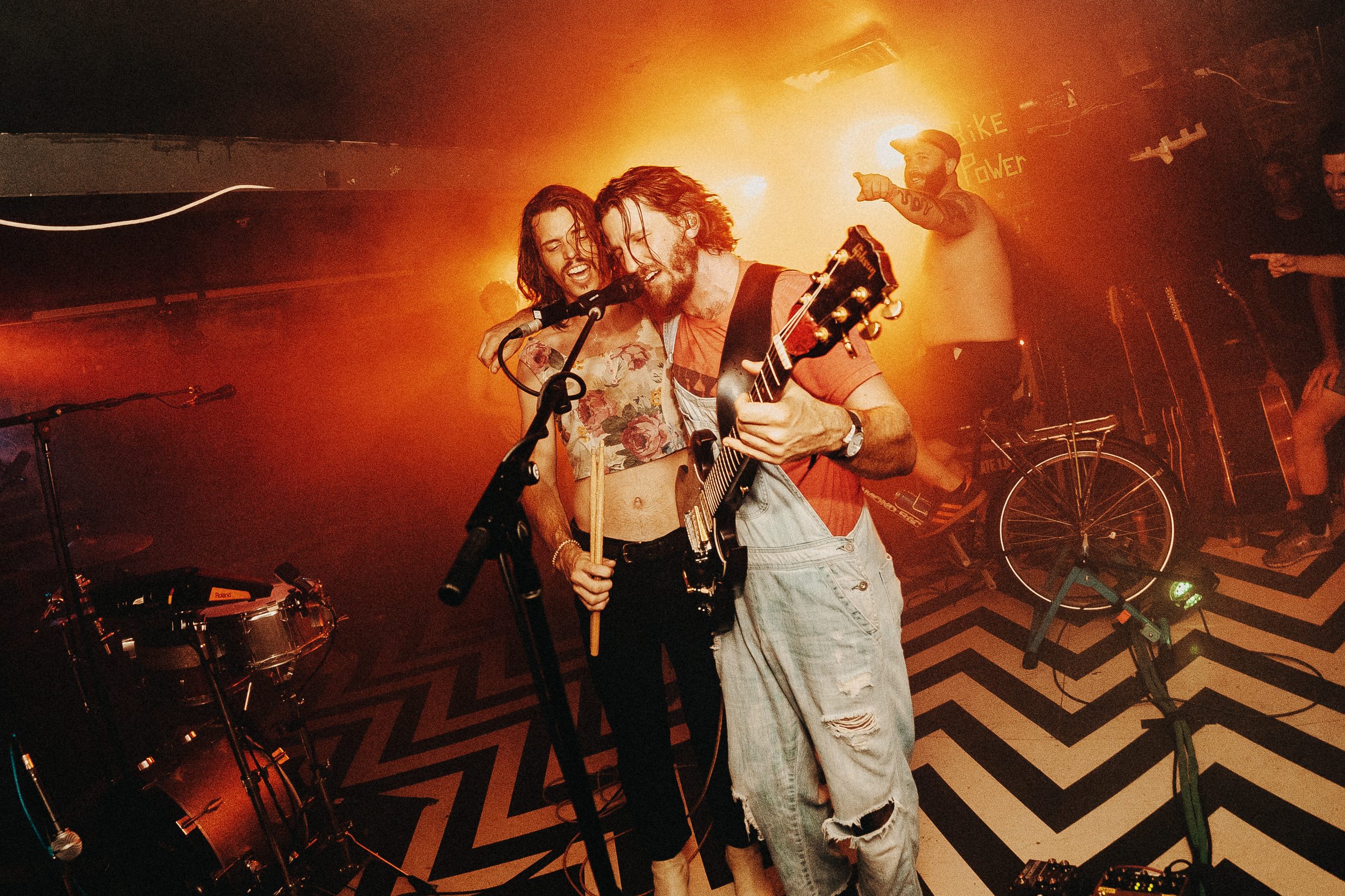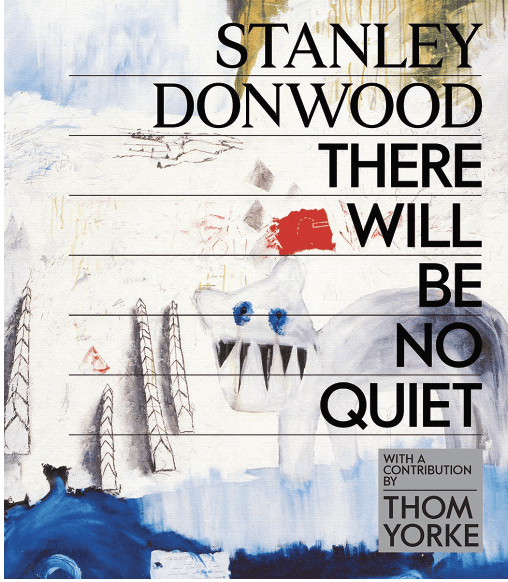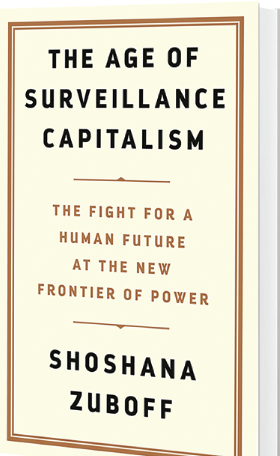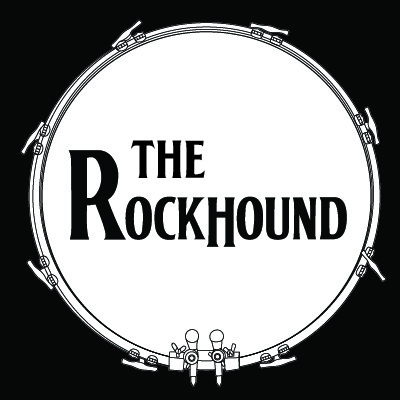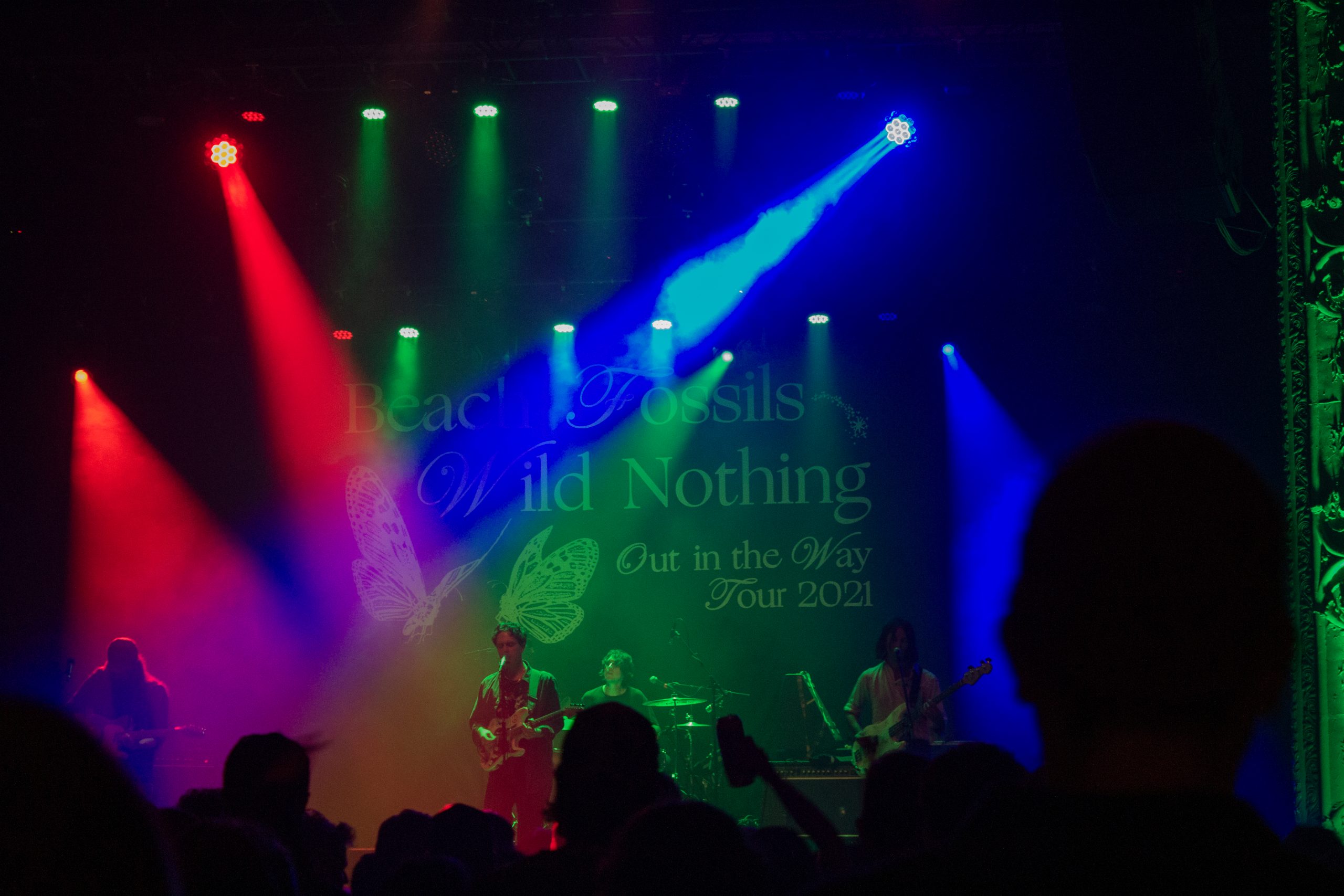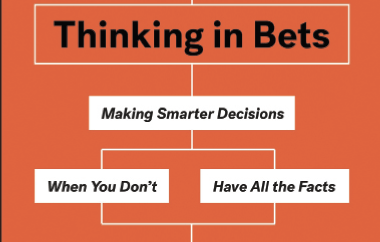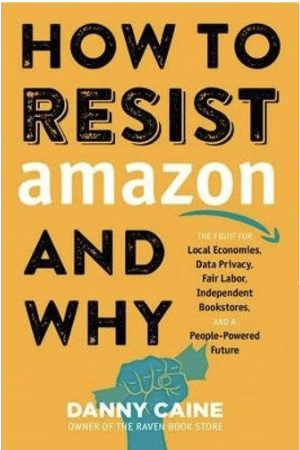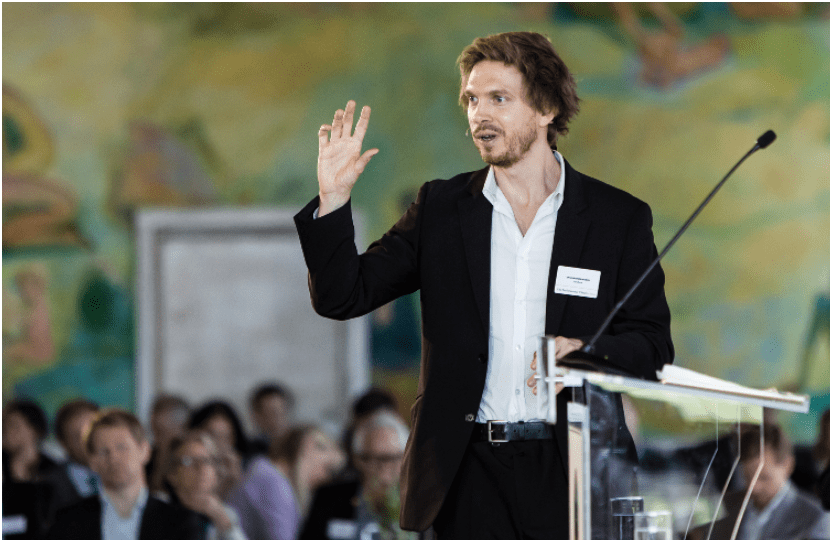What Drives Us
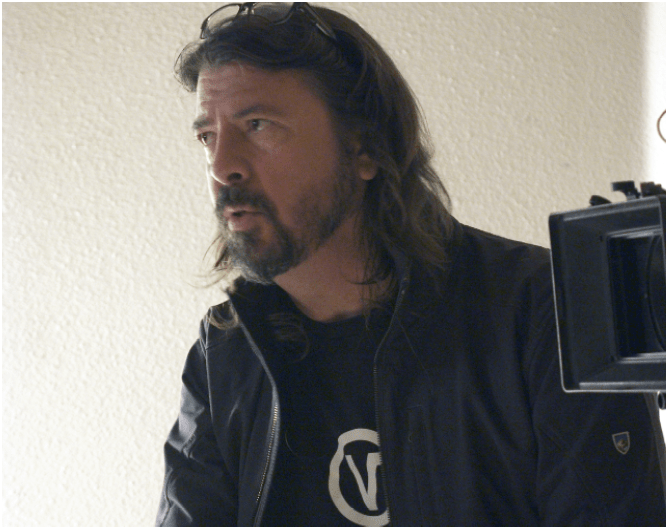
After playing a show in London in the late 1960s, the Beatles were driving home during a frigid snowstorm when the windshield of their van shattered. To stay warm, the four of them laid on top of each other on the van’s bench seat. As each rotated to the top of the pile, he swallowed a bracing slug of whiskey. That’s how the band got home without freezing to death, Ringo Starr recalls in the documentary film What Drives Us.
The movie serves as a love letter to touring from iconic rock musicians who left everything behind and set out on adventures laced with uncertainty, passion and countless hours of sitting in vans and busses. There’s nothing quite like a ragged 10 hours of travel to make it to the next show. The film reminds viewers that it takes a special person to live as a working musician and that the beauty of music surpasses mere sound. Music is about connection, not only among the members of the band but also between the band and the audience.
What Drives Us was created by people who know. Dave Grohl, the frontman of Foo Fighters and drummer for Nirvana, directed the film, and the Foo Fighters served as producers. They draw upon their experience to show what leads a person to take the blind leap of faith into the music industry and leave so much behind. Grohl narrates when he’s not interviewing the likes of Flea from Red Hot Chili Peppers; Slash and Duff McKagan, who both made their names in Guns N’ Roses; The Edge, who earned fame in U2, Exene Cervenka, punk goddess of the band X, Tony Kanal of No Doubt, D.H. Peligro, drummer for the Dead Kennedys, Lars Ulrich of Metallica; and Steven Tyler of Aerosmith. As Flea notes in the film, there’s “only one reason to do it—because you f—— love it.”
In a world dominated by music streaming, music aficionados might forget that musicians used to tour to make a name for themselves. Besides radio and television, it was the only exposure a band could get. For Grohl, making it in music requires packing equipment into a van like a game of Tetris, shoving six people in the back and driving around the country to play as many live shows as possible. And there’s no good reason for it other than making that deeper connection with the audience.
The movie connects the act of touring in a van to the 1960s journey of Ken Kesey and The Merry Pranksters, who piloted a day-glo school bus across America, experimenting with acid. The pranksters lived by the doctrine of “you’re either on the bus, or off the bus,” literally and figuratively. The bus and its psychedelic paint job inspired the Beatles’ Magical Mystery Tour.
What Drives Us entertains music fans while revealing what drives musicians. But it glosses over the struggles and toxicity of touring with no place except for the van to call home. It did not fail to address how an individual band member’s problems become the group’s problems, though.

The film pays homage to live music. Shots of a massive crowd singing along in unison to a Foo Fighters song tug at the heartstrings of any music lover. It gets personal with musicians by interviewing Steven Tyler as he’s perched on the dashboard of a van or filming D.H. Peligro as he succumbs to emotion while relating an experience.
Rock musicians were drawn to the lifestyle because it satisfies the soul and enables them to share their love. Flea said it best in the film: “It’s heaven, it’s f—— paradise, it’s the greatest thing you could ever do. I felt like we were this roaming band of gypsies. We show up and we rock you.”
Music is about passion, wonder and discovering life’s true purpose. What Drives Us inspires viewers to follow their passion, whatever that might be.
